
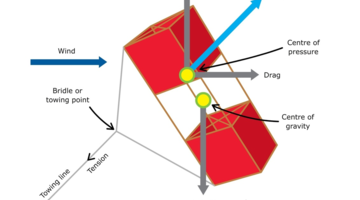
Are you looking for ways to teach forces? If you’re new to the Science Learning Hub, you may want to start with our introductory video on teaching physics. Help, I’m teaching physics Discover ...
READ MORE

In this recorded professional learning session, Greta Dromgool and Ted Cizadlo will build your confidence to teach the Physical World. The New Zealand Curriculum achievement objectives for this ...
READ MORE
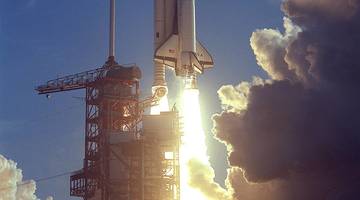
Rocket science includes ideas of forces and motion, how rockets work and some of the challenges for those wanting to make rockets go faster and higher. This teaching sequence introduces students ...
READ MORE

Hypersonic vehicles are perhaps a dream of the future, but if they have a chance of happening, research is important to develop materials that will handle the high temperatures created at ...
READ MORE
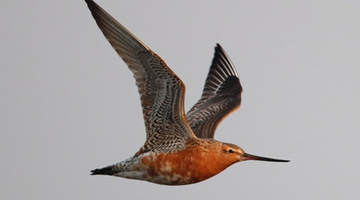
Have you ever wanted to fly? To soar above valleys and mountains, cities and oceans, feeling the wind whipping against your face? Flight has fascinated humans for as long as we have looked ...
READ MORE

For a plane or bird to fly, its wings must produce enough lift to equal its weight. Most wings used in flight are a special shape – called aerofoils (or airfoils). This shape is needed to help ...
READ MORE

In this activity, students discuss what things can fly and how this happens. They work towards identifying some key characteristics of flight. By the end of this activity, students should be able ...
READ MORE
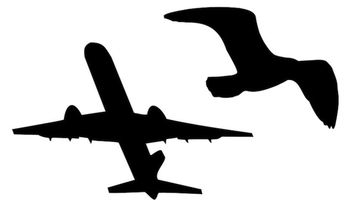
In this activity, students learn how to make an aerofoil and to make and fly paper planes. In the process, they learn about aerofoil wing shape (found on planes and birds) and experiment with ...
READ MORE

In this activity, students handcraft a glider from balsa wood. In the process, they learn about aerofoil wing shape, glider parts and terminology. They experiment with flight using variables of ...
READ MORE
Learning about the physical world includes learning about physical phenomena, how they interact and ways in which they can be represented. This helps students understand a wide range of ...
READ MORE
Caldera volcanoes are violent eruptions that throw magma, ash and rock across large areas. After the eruption, the volcano collapses into the space left by the empty magma chamber, forming a very ...
READ MORE
Associate Professor Susan Krumdieck from the University of Canterbury describes her part in research for hypersonic vehicles. She discusses why heat is such a problem and gives three methods for ...
READ MORE

In this simulation, students set rocket parameters before launching to see how high the rocket goes and whether they can launch the payload.
READ MORE

Different wing sizes and shapes allow fliers to have specific flight capabilities. Match birds and aircraft with similar capabilities.
READ MORE
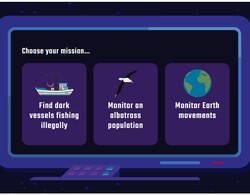
Choose a mission and then successfully build and launch a satellite that can help gather the data required. Select here for additional information on using this interactive simulation.
READ MORE